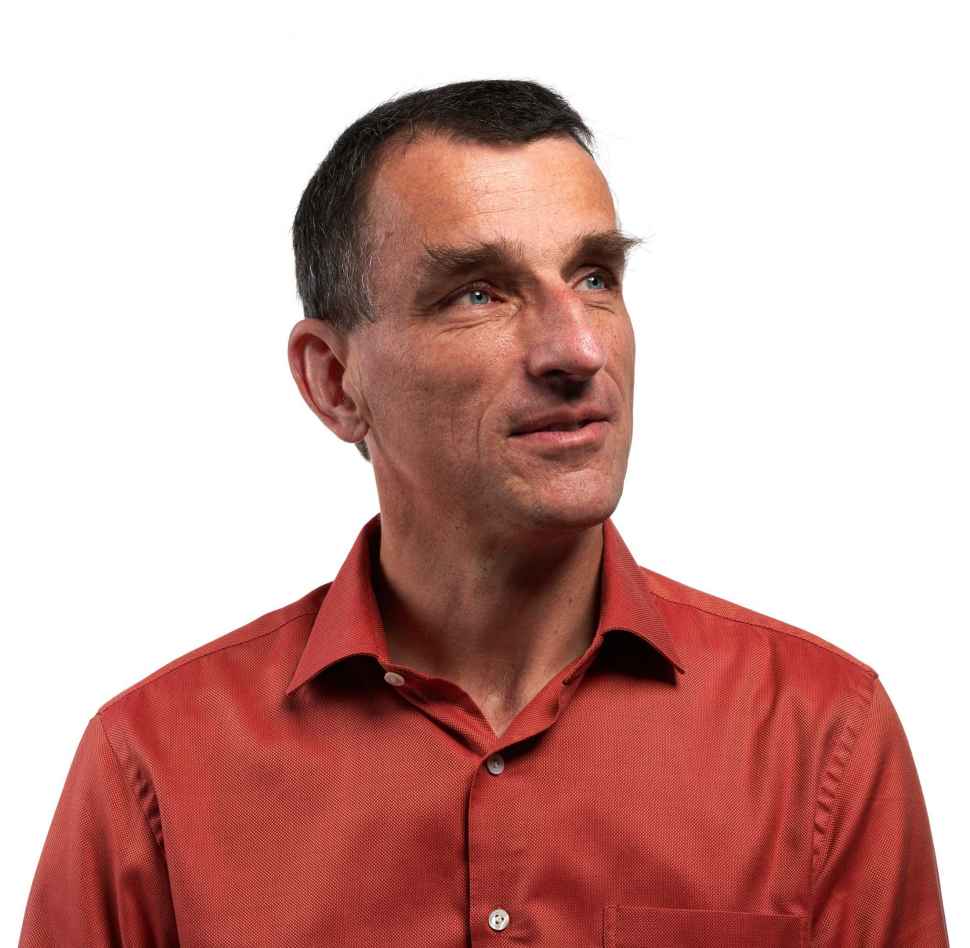Energy
Energy technology has the power to change the world
The way we consume energy is unsustainable.
Climate change is the biggest threat facing us today; it will affect our environment, health and livelihoods. And yet, fossil fuels remain the leading source of energy.
Renewable energies can offer a green alternative that don’t deplete the Earth’s resources. Our researchers are working to improve clean energy—the way we collect, store and harness it.
A few years ago I thought we had reached the top level of solar cells but we're still increasing efficiencies. It can sound a bit fancy but I believe that what we're working on can actually help mankind to survive.
Renewable energy from Nano
We can ‘scavenge’ invisible nano energy from low-frequency vibrations in the surrounding environment, including waves, wind, air and even contact-separation or sliding ‘triboelectric’ energy between two materials
Triboelectric nanogenerators (or ‘TENGs’) can be made with low cost materials in different configurations, making them suitable for driving small electronics such as personal electronics (mobile phones), biomechanics devices (pacemakers), sensors (temperature, pressure, chemical sensors), and more. See Good vibrations from clean energy
A ‘green machine’, designed around an ocean wave-driven triboelectric nanogenerator (WD-TENG for short) model, integrates two small generators inside a recyclable tube to make cost-effective electricity simply from the continuous motion of waves. See Swell idea for wave power

Contact Professor Youhong Tang for more information.
See also Green energy solutions from the sea
Creating new solar cells
Solar panels are currently made of silicon—which is efficient, but expensive to manufacture and produce. You’d need to run silicon solar panels for 1-2 years to make back the energy cost of production.
Our researchers are working on another solution: plastic solar cells that can be easily printed, using only 1-2 weeks of energy. While they’ve shown that plastic solar cells can be printed, the science is far from commercially viable. They still need to increase the efficiency, lifespan and protection from the elements (e.g. rain, wind).
Plastic solar cells aren’t a replacement for silicon. Even when we learn how to achieve optimum efficiency, our researchers predict that plastic solar cells won’t generate the same energy as silicon. But in addition to being cheaper, they’re also flexible, thin and can be printed in colours. Plastic solar cells could be used in facades, bent and twisted into exciting designs and printed in red, blue, green… Architects will love it.
Organic electronics research is popular in the Institute for Nanoscale Science & Technology, with teams led by Professors David Lewis, Gunther Andersson and Mats Andersson working together, and separately, to meet global energy challenges.
Green hydrogen and the future of solar fuels
The biggest problem with solar energy is storing it. We can only directly use energy from solar panels when the sun is shining, only directly use energy from wind turbines when there’s wind. Solar fuels are another attractive means of capturing and storing energy for later use.
Hydrogen (H2) has been identified as an ideal future energy resource. Green H2 (GH2) can be generated via solar energy then stored and used in combustion to reduce the use of fossil fuel resources. Techno-economic assessments have shown that H2 production from photocatalytic water splitting is a viable pathway for GH2 production providing that the solar-to-hydrogen (STH) efficiency is greater than 10%.
A photocatalyst for water splitting consists of three components: the bulk material for absorbing light and generating electron and hole pairs, the cocatalysts facilitating the water splitting reaction and an overlayer to make the reverse reaction, where H2 and O2 form H2O, unfavourable. There are several challenges which need to be resolved to achieve efficient photocatalysts. Semiconductors with a bandgap of around 2 eV and low defect density are required to absorb light from UV into the visible part of the spectrum. The cocatalysts need to be specific for the reaction and the overlayers need to endure and block the back reaction but not prevent the desired catalysis.
This Australian research is a collaborative effort (see partners) and the focus for Gunther and his team involves arranging atoms into clusters. Defined atom clusters are difficult to maintain as they tend to move around and grow but, to maintain their properties, we need to keep them small. Years of research has pushed the frontier for control over these materials and has driven development of globally unique equipment here at Flinders. There are ten methods of measuring atoms and clusters on a surface and the Andersson Lab have combined four of them into one instrument.
The current research is embedded into the Global HyPT Center for large-scale hydrogen production with net-zero emissions of greenhouse gases.


We’re more than happy to share with others. Anyone in Australia is welcome to come and use our laboratories and equipment. We have a number of side projects where researchers come to learn and use our techniques.
![]()
Sturt Rd, Bedford Park
South Australia 5042
South Australia | Northern Territory
Global | Online
CRICOS Provider: 00114A TEQSA Provider ID: PRV12097 TEQSA category: Australian University








